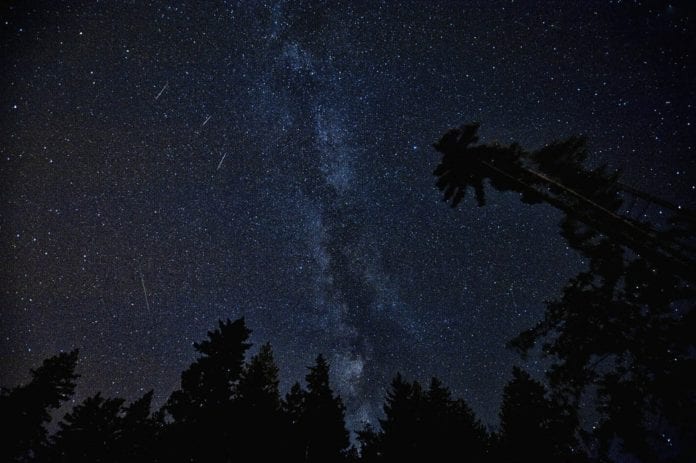Working with international counterparts, a team of UVic astronomers have made a new discovery regarding a group of ancient stars orbiting the Milky Way galaxy.
The discovery consisting of only around five dozen stars spread over only 10 light years is a groundbreaking one considering the Milky Way is comprised of over 10 billion stars across hundreds of thousands of light years.
Simon Smith, a PhD student at UVic and the lead author of the recent paper describing the find, says the discovery could be one of two things.
“It is either the faintest ancient star cluster known to date, or the faintest and closest known dwarf galaxy ever discovered,” said Smith.
“Being able to detect such a tiny system, with only about 60 stars, speaks for the quality of the data that the team had to work with.”
The data for this discovery came from the Ultraviolet Near-Infrared Optical Northern Survey (UNIONS) at the Canada-France-Hawaii telescope in Mauna Kea, Hawaii with supplemental data from the Keck observatory in Waimea, Hawaii.
The discovery has been named Ursa Major III/UNIONS 1 or UMa3/U1 for short.
UVic researchers say the stars were likely born a long time ago in the early stages of the universe’s existence, with some of them appearing to be more than 10 billion years old.
The theory is that the existence of these ancient stars, which faint because they appear to be dominated by dark matter, could prove or support the dark matter theory.
According to Smith, the presence of dark matter—the key distinguishing property between dwarf galaxies and star clusters—is highly likely.
This is because the discovery’s orbit takes it through the inner regions of the Milky Way, where gravitational forces considered to be “tidal” are at their strongest.
The researchers theorize that without the presence of large amounts of dark matter, the discovery would not have survived long on its current orbit. Rather, it would have been pulled apart by those forces long ago.
“This is a momentous discovery, and fully consistent with a long-standing prediction of the Cold Dark Matter theory,” says Julio Navarro, a UVic astronomer involved with the study.
“This may be the faintest galaxy known, and also one of the most dark matter-dominated. It’s hard to see what else its unique set of properties might mean.”
UVic says that in an April edition of the Astrophysical Journal, a supplementary paper will be published that involved Smith and Navarro.
According to Raphaël Errani, who was a postdoctoral researcher at UVic and is now at Carnegie Mellon and lead author of the second study, to estimate dark matter content, repeated measurements have to be taken of a celestial object’s velocity.
“Remarkably, the measurements obtained with the Keck II telescope are tentatively consistent with those predicted by Lambda Cold Dark Matter,” said Errani.
“Without dark matter it is not obvious how UMa3/U1 could have been able to survive unscathed for billions of years.”
Researchers on this project collaborated between UVic, University of Toronto, University of Hawaii, University of Waterloo, Yale University, the National Research Council Herzberg Astronomy and Astrophysics Research Centre, Université Paris, Université de Strasbourg, Université PSL and Max-Planck-Institut für Astronomie.


